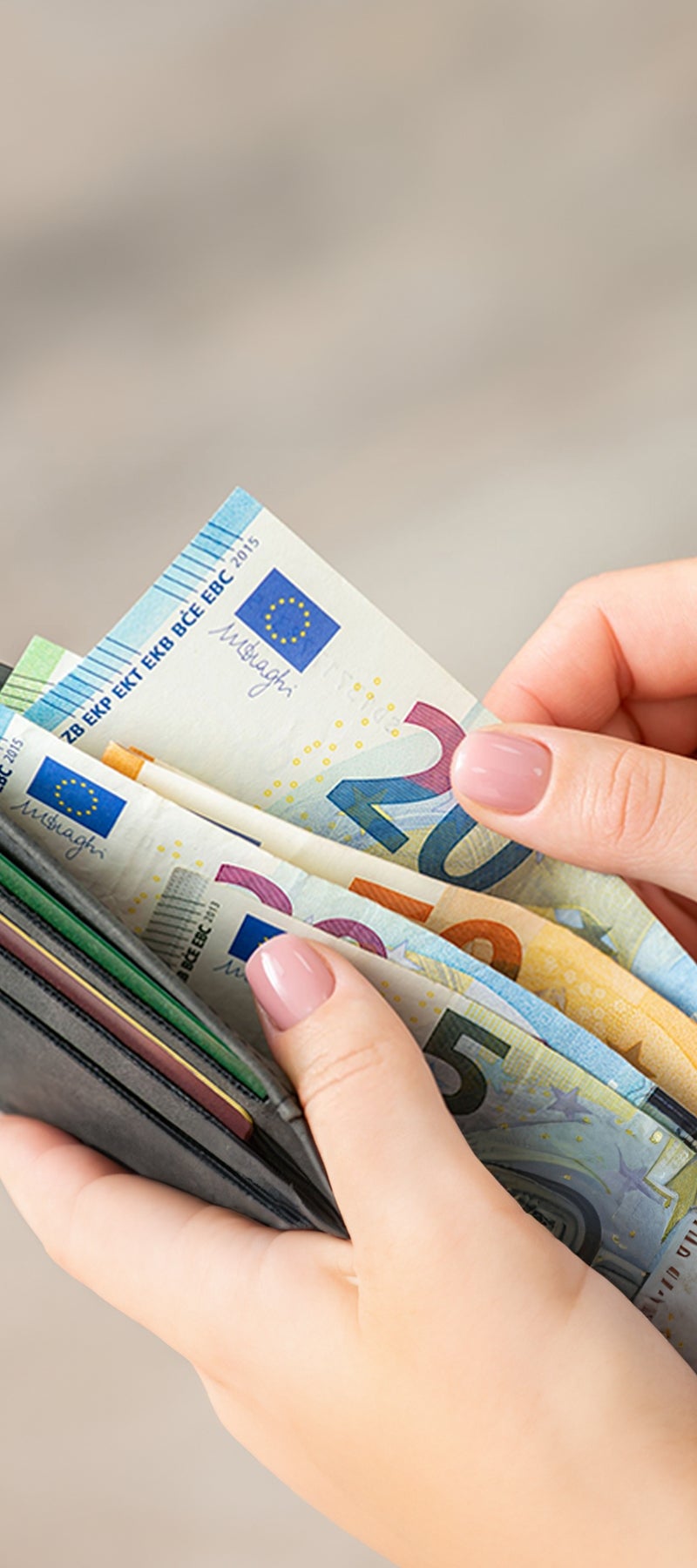-
Free currency updates
-
20 years of expertise
-
3 year warranty
-
Professional support
10 fun facts about the euro banknotes and coins.
-
The euro has been around for more than 23 years! But what do you know about the money you use everyday? Read along to learn more about the euro banknotes and coins.
The history of the currency
1. A Global Currency
The euro is the official legal tender of 20 different European countries. Bulgaria will adopt the currency in 2026, becoming the 21st country to do so.
2. Digital First
Did you know that the euro was one of the first digital currencies? It was originally introduced in 1999 for trading purposes. Three years later it became an official physical currency.
3. A Major Change
The introduction of the euro had a huge impact on the international cash market. In just a few weeks 15 billion new banknotes and 52 billion new coins were brought into circulation.
4. Greek Heritage
The euro symbol (€) is based on the Greek epsilon, which is the first letter of the word Europe. The two horizontal lines symbolise the stability of the euro.
Get to know the euro banknotes
5. The Most Popular Note
Out of all the different denominations, the €50 banknote is used (and counterfeited) the most. The €500 banknote is used the least, and is slowly being withdrawn from circulation.
6. Different Versions
There are currently two different versions of the euro banknotes in circulation. The first versions were released in 2002, when the euro was launched. The second versions (Europa series) were gradually introduced from 2013 to 2019. The European Central Bank is currently exploring the possibilities of launching a third series.
7. Fake Bridges
The Europa series banknotes feature windows, doors, and bridges that symbolise the European openness and communication. But did you know that none of these are actually real? These designs only existed on the banknotes until Dutch designer Robin Stam replicated the bridges in the Dutch town of Spijkenisse.
The many different euro coins
8. The First Design
The euro coins were designed by Luc Luycx. One of the only artists in the world to have his work replicated more than 130 billion times.
9. Yearly Releases
Every year mints and banks all over the world introduce new coins. These coins are issued to commemorate special events or celebrations, and feature designs that illustrate the occasion. These commemorative coins mainly serve as collector’s items, but are occasionally also issued for regular circulation.
10. Coins Travel
Euro coins are famous for being globe-trotters. As they can be used in most European countries, it will not be uncommon for you to encounter coins from Spain or France (for example).
Want to learn more? Subscribe to our newsletter for more currency news, exclusive promotions, and 10% off your next order.
The following sources have been consulted and used as references in this article:
https://www.ecb.europa.eu/euro/banknotes/html/index.en.html
https://www.ecb.europa.eu/euro/coins/html/index.en.html
https://www.ecb.europa.eu/euro/changeover/2002/html/index.en.html -

 468 Google-reviews
468 Google-reviews